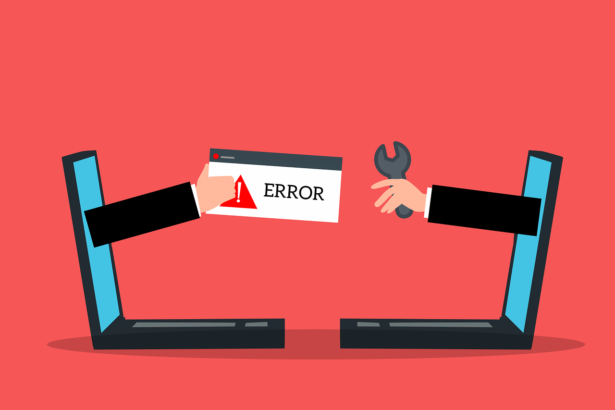Windows 10 and Windows 11 are two of the most popular operating systems used in business environments today. While both systems share some similarities, there are several key differences that set them apart.
One of the biggest differences between Windows 10 and Windows 11 is the user interface. Windows 11 features a refreshed design with new icons, rounded corners, and a centered start menu. This modern design is intended to provide a more seamless and intuitive user experience. Additionally, Windows 11 introduces new features such as Snap Layouts and Snap Groups, which make it easier for users to multitask and organize their windows.
Another key difference between the two operating systems is their system requirements. Windows 11 requires newer hardware than Windows 10, including a processor that supports at least 8th generation Intel or AMD Ryzen, 4GB of RAM, and 64GB of storage. This means that some older computers may not be able to run Windows 11, while they can still run Windows 10. Businesses may need to upgrade their hardware to accommodate the new system requirements.
Windows 11 also introduces new security features, such as Windows Hello for Business, which enables passwordless authentication using biometric data or a PIN. It also includes enhanced security measures, such as virtualization-based security (VBS) and hardware-based isolation, which provide added protection against malware and other threats.
Another significant change in Windows 11 is the integration of Microsoft Teams directly into the operating system. This means that users can easily access Teams without needing to open a separate app or browser. This feature could be beneficial for businesses that rely heavily on Teams for communication and collaboration.
Overall, while Windows 11 may offer some new and improved features over Windows 10, the decision to upgrade should be carefully considered by businesses. The hardware requirements and potential costs associated with upgrading should be weighed against the benefits and any potential disruptions to workflows. Ultimately, the choice between Windows 10 and Windows 11 will depend on the specific needs and circumstances of each business.







